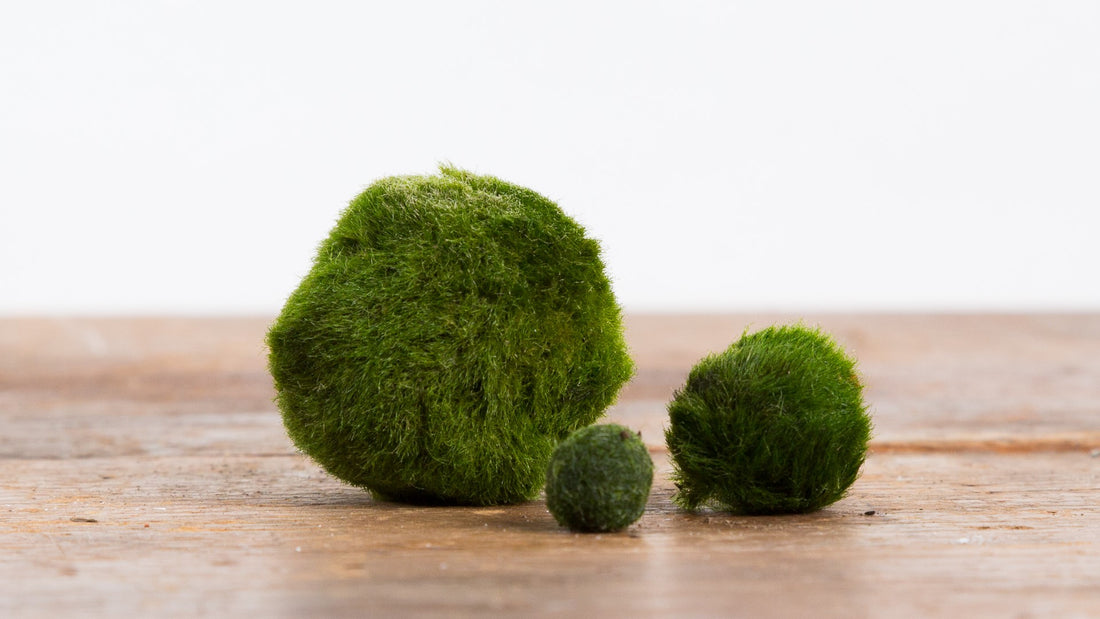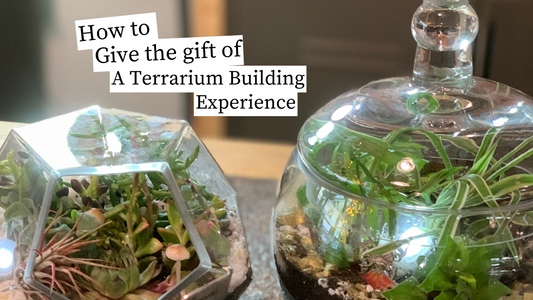Marimo (Aegagropila linnaei), or “moss balls”, were first described scientifically only 200 years ago in the 1820s by an Austrian botanist and have since been found in dozens of locations across Japan, Iceland, and northern Europe. Nowadays, though, you mostly only see them in Lake Akan in Japan and in small numbers in Lake Mývatn in Iceland. Japan has taken great efforts to protect the Lake Akan area and preserve marimo as an endangered species - marimo have great cultural significance and a three day festival is held at the lake celebrating marimo every year.
In its natural habitats, A. linnaei doesn’t always grow as a sphere - that shape actually comes about as a result of moving water rolling the algae into a ball. It can also occur as growths on rocks and as free-floating filaments. Moss balls that are sold as souvenirs are often free-floating filaments that are rolled by hand into spheres.
It’s also not actually a plant! A. linnaei is a rare kind of green algae completely unrelated to any moss. People just like to call them moss balls because they’re green and fuzzy. They actually have quite a number of fun names depending on the culture you ask, including “lake goblin” and “round muck weed that gets stuck in your fishing net “. It would seem fishermen were not quite as fond of marimo as we are today.
Marimo are very sensitive to lakewater content and have been in decline for around the last hundred years, so most marimo that are commercially available are from growers in Ukraine to protect the wild growths from overharvesting.
There’s a beautiful story that goes with marimo from the Ainu people of Hokkaido island, where Lake Akan is. It’s often retold as a reminder of love’s endurance against all odds. This kind of cultural story can be told for many hours and completely from memory, but for readability we’ll offer a condensed version here:
Because of this story, marimo are often given as presents to show another how much you care about them. They’re popular Valentine’s Day gifts, but they’re often given platonically as simple, heartfelt symbols of affection.
Marimo have been called “the pet rock of the plant world” - they’re cute, simple, and have probably the easiest care of any living thing out there, aquatic or terrestrial.
To care for them:
- Place your marimo in fresh (not salt) water and change their water out once a week or so. The water can be tap water or purified water.
- Make sure the marimo never sits in direct sunlight.
And that’s all there is to it! If you’re ever going to be gone for an extended period of time or you’re worried it may have received too much direct sunlight, place your marimo aquarium in the fridge for a few days to a week. They love cold water! Lastly, if your marimo ever distorts slightly or seems to flatten out a bit, roll it between your hands gently to return it to its spherical form.




Comments (5)
I love i! Thumbs up?
RPXKmaCO
AIrfMRLO
This was an awesome read. Such a fan of your site and social media!
Thanks for the info!!
Easy to love your website and Marimo. Nicely done.
Jim J
(206) 498 9525